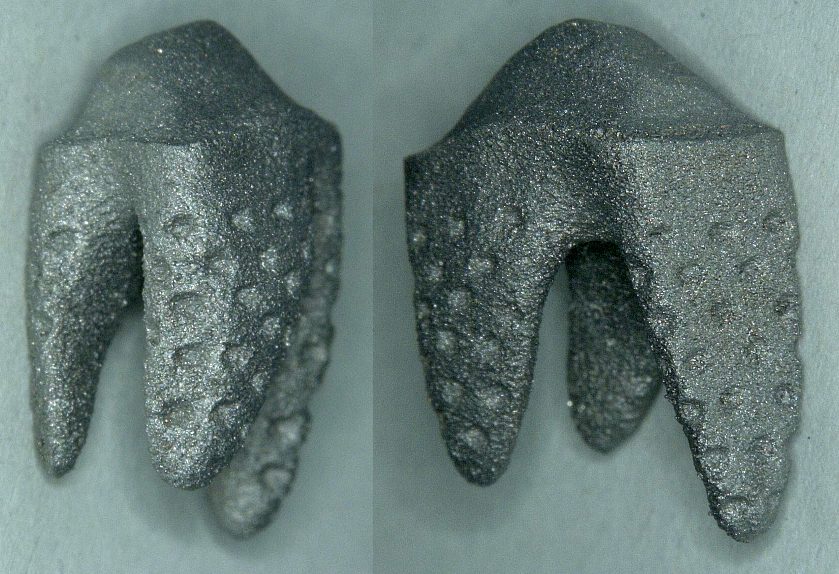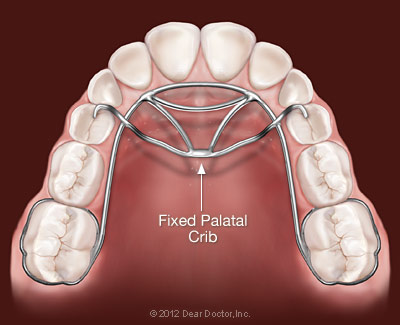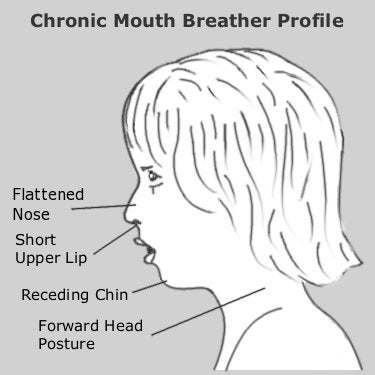HPV oral and oropharyngeal cancers are harder to discover than tobacco related
cancers because the symptoms are not always obvious to the individual who is developing the disease, or to professionals that are
looking for it. They can be very subtle
and painless. A dentist or doctor
should evaluate any symptoms that
you are concerned with, and certainly
anything that has persisted for two or
more weeks. Although there are many
adjunctive oral cancer screening
devices and tests, not all of them can
find HPV positive oral and
oropharyngeal cancers. The best way
to screen for HPV related oral and
oropharyngeal cancer today is through
a visual and tactile exam given by a
medical or dental professional, who will
also do an oral history taking to ask
about signs and symptoms that cover
things that are not visible or palpable.
Like other cancer screenings you
engage in, such as cervical, skin,
prostate, colon and breast
examinations, opportunistic oral cancer
screenings are an effective means of
finding cancer at its early, highly
curable stages. However like many
other cancer screening techniques, this
process is not 100% effective, and any
screening technique or technology can
miss things. This is why it is so
important that persistent problems,
those which do not resolve in a short
period of time like 2-3 weeks, are
pursued until a definitive diagnosis of
what it is is established. Most of the
time these will be issues that are not
cancer, but persistent problems need to
be addressed, cancer or not.
HPV FACTS:
• HPV is the most common sexually
transmitted virus and infection in
the US.
• There are nearly 200 different
strains of HPV, most of which are
harmless and not cancer causing.
• Out of all these 9 are known to
cause cancers, and another 6 are
suspected of causing cancers. In
oral cancers we are primarily
concerned with number 16 which
is also associated with cervical,
anal, and penile cancers.
• You can have HPV without ever
knowing it because the virus often
has no signs or symptoms that you
will notice, and the immune
response to clear it is not a
process that you will be aware of.
• Every day in the US, about 12,000
people ages 15 to 24 are infected
with HPV. The vast majority of
them will clear the virus naturally
and never know that they were
exposed or had it.
• If you test positive for HPV, there is
no sure way to know when you
were infected with HPV, or who
gave it to you. A person can have
HPV for many years, even
decades, before it is detected or it
develops into something serious
like a cancer. In the vast majority
of infected people, even with a
high risk version of HPV known to
cause cancers, they will not
develop cancer.
• Testing positive for an HPV
infection does not mean that you
or your partner is having sex
outside of your relationship. It is
believed to have long periods of
inactivity or dormancy that may
even cover decades; these are
periods of time that you will test
negative for it.
• Sexual partners who have been
together for a while tend to share
HPV. This means that the partner
of someone who tests positive for
HPV likely has HPV already, even
though they may have no signs or
symptoms. Like most Americans,
their immune system will clear it in
under 2 years.
• Condoms may lower your chances
of contracting or passing the virus
to your sexual partners, if used all
the time and the right way.
However, HPV can infect areas that
are not covered by a condom- so
condoms may not fully protect
against HPV.
HPV AND ORAL CANCER:
• HPV is the leading cause of
oropharyngeal cancers (the very
back of the mouth and part of what
in lay terms might be called a part
of the throat), and a very small
number of front of the mouth, oral
cavity cancers. HPV16 is the
version most responsible, and
affects both males and females.
• In public messages for simplicity,
OCF frequently speaks about oral
cancers in general. Scientifically,
this is really anatomically divided
up into the oral cavity and the
oropharynx. Each anatomical site
has different statistics, etiologies
which dominate that location, and
outcomes from treatment. The
fastest growing segment of the oral
and oropharyngeal cancer
population are otherwise healthy,
non-smokers in the 25-50 age
range. When you consider both
anatomical sites, HPV is driving
the growth in numbers of oral
cancers.
• White, non-smoking males age 35
to 55 are most at risk, 4 to 1 over
females.
• In the oral/oropharyngeal
environment, HPV16 manifests
itself primarily in the posterior
regions such as the base of the
tongue, the back of the throat, the
tonsils, the tonsillar crypts, and
tonsillar pillars.
RISK FACTORS:
• Number of sexual partners- The
greater your number of sexual
partners, the more likely you are to
contract a genital HPV infection;
and when engaging in oral sex, this
also holds true for oral infections.
Having sex with a partner who has
had multiple sex partners also
increases your risk.
• Weakened Immune Systems-
People who have weakened
immune systems are at greater risk
of HPV infections. Immune
systems can be weakened by HIV/
AIDS or by immune system-
suppressing drugs used after
organ transplants.
ORAL CANCER SIGNS AND SYMPTOMS:
• This list considers both oral cancers
from HPV and those from tobacco and
alcohol.
• An ulcer or sore that does not heal
within 2-3 weeks
• Difficult or painful swallowing
• Pain when chewing
• A persistent sore throat or hoarse
voice
• A swelling or lump in the mouth
• A painless lump felt on the outside
of the neck, which has been there
for at least two weeks.
• A numb feeling in the mouth or lips
• Constant coughing
• An ear ache on one side
(unilateral) which persists for more
than a few days.
How do people get HPV?
• HPV is passed on through genital
contact, most often during vaginal,
anal and oral sex.
• You are more likely to get HPV if
you have many sex partners or a
sex partner who has had many
partners.
• Many people don’t have symptoms
and are unaware that they have
HPV.
• The virus may be inactive for
weeks, months and for some
people possibly even years after
infection.
What does that mean for my health?
Partners usually share HPV. If you have
been with your partner for a long time,
you probably have HPV already.
Although HPV is the most commonly
transferred sexual infection, in most
people it is cleared by the immune
system in under 2 years. Individuals
with persistent infections are at risk for
several types of cancers depending on
the location of the infection. When
considering the entire US population of
over 300 million people, the incidence
rate of oral cancers from it are still
relatively rare mathematically.
How common is HPV?
HPV is the most commonly sexually
transmitted infection. The CDC
estimates that there are 6.2 million new
infections each year in the United
States. The vast majority of Americans
will have some form of HPV early in
their sexual experiences. Since it is so
common, there is nothing to be
ashamed about. If you are diagnosed
with HPV, talk to your health care
provider about it. HPV's are divided
into 9 high risk types and more than
150 others that either cause benign
warts, or do nothing at all that we know
of at all.
How do I know if i have HPV?
The only way to know if you have an
HPV infection is if your health care
provider tests you for the virus. For
females, in relationship to cervical
discovery, this may be done directly
from the Pap test cervical exam or by
using an additional swab at the time of
the Pap test. The CDC now
recommends an HPV test for women
along with the pap test as a matter of
routine. Oral HPV testing in both men
and women is problematic. While there
have been some commercial tests
available in the dental community, the
value of this testing is not clear, and
testing positive on any given day for an
oral HPV does not prove persistence of
the infection, which is what we are
really concerned about. There are no
visible oral signs of an HPV infection.
There are also no established genital
tests for men. There are anal brush
cytology tests for those that engage in
anal sexual practices. Those tests can
be early predictors of HPV caused anal
cancers.
Is there a cure for HPV?
There is no cure for the virus. Most of
the time, HPV goes away by itself
within two years and does not cause
health problems. It is only when HPV
stays in the body for many years that it
might cause these oral cancers. Even
then, it is a very small number of
people that will have an HPV infection
cascade all the way into an oral
malignancy, though that number is
increasing every year by about 10%. It
is not known why HPV goes away in
most, but not all cases. For unknown
reasons there is a small percentage of
the population whose immune system
does not recognize this as a threat and
it is allowed to prosper. Although HPV
can increase the risk of developing
some types of cancer, most people who
have HPV do NOT develop cancer.
HPV VACCINES
Two vaccines known as Gardasil and
Cervarix protect against the strains of
HPV that cause cervical cancers
(HPV16 and 18), Garadsil also protects
against two versions that cause genital
warts (HPV6 and 11). Millions of young
girls in the US and in developed
countries around the world have been
safely vaccinated with an HPV vaccine.
Because the original clinical trials were
done on cervical cancers, the FDA
restricts the manufacturers from talking
about other positive implications of
these vaccines. Since they block people
from ever getting HPV16, it is not much
of a scientific leap to extrapolate that
to "if you can't get the virus, you can't
get things the virus might cause". Using
this logic, many in the science
community recommend vaccinating to
protect people from the various
different cancers associated with the
virus such as oropharyngeal. The
foundation also believes this to be
worth doing, and has advocated at the
CDC for vaccination of boys, not only to
help reach the point of "herd immunity"
in our country protecting our next
generation from HPV caused cervical
cancers, but also other HPV cancers as
well including oropharyngeal.
The National Advisory Committee on
Immunization Practices recommends
routine HPV vaccination for girls ages
11 and 12, as well as girls and women
ages 13 to 26 if they haven’t received
the vaccine already. The Gardasil
vaccine has also been approved for
use in boys and men, 9 through 26
years old. These vaccines are most
effective if given to children before they
become sexually active. If you have
already been exposed to HPV, the
vaccines will not for work you. So
vaccination at pre-sexual ages brings
the most protection.
Courtesy:
ORAL CANCER FOUNDATION
























